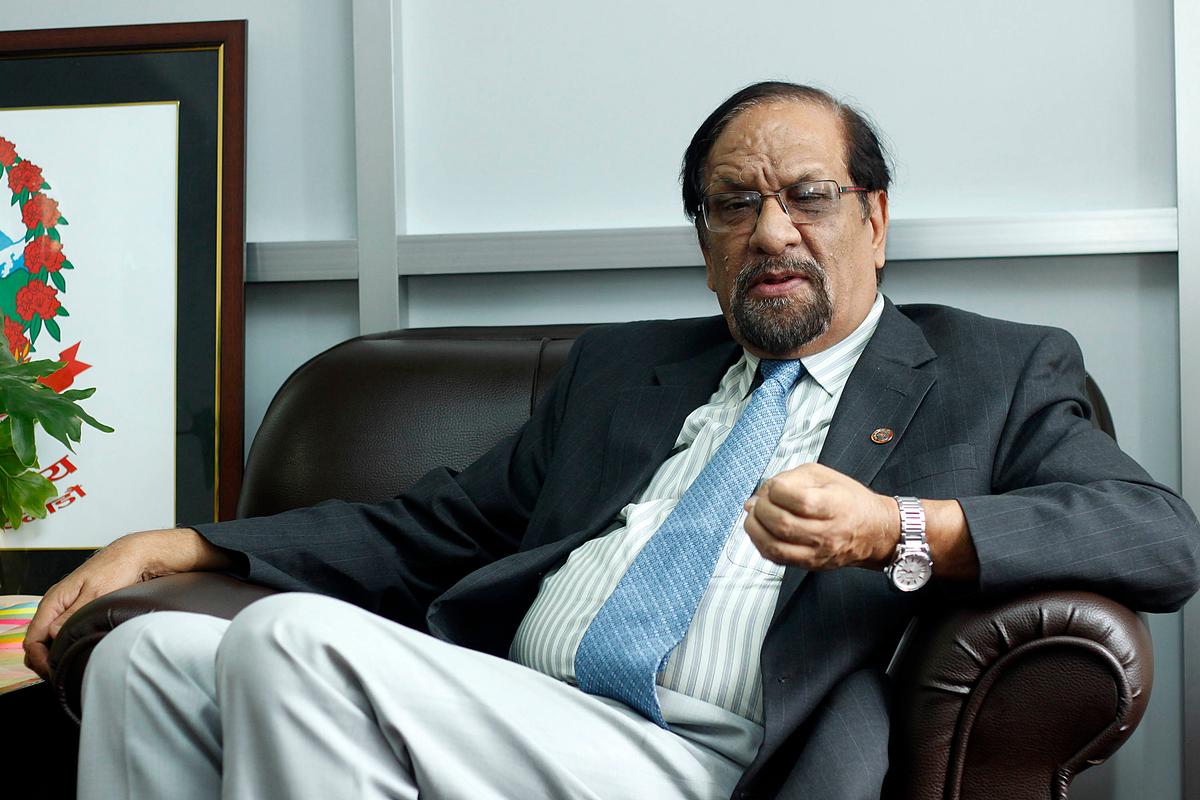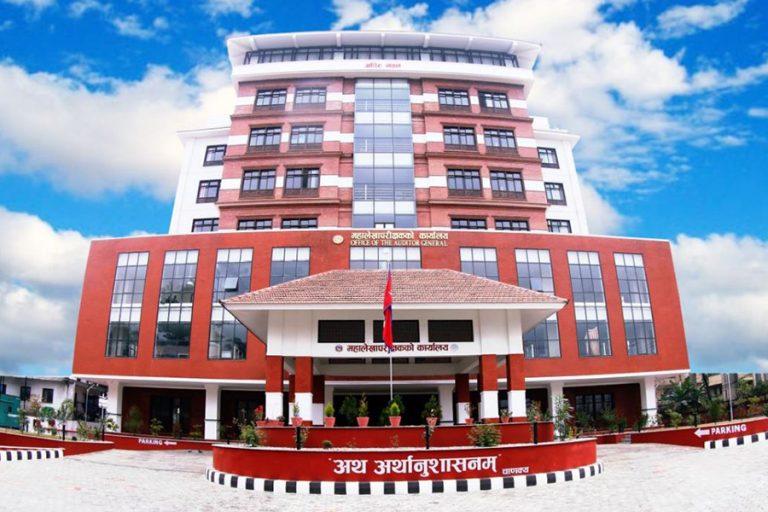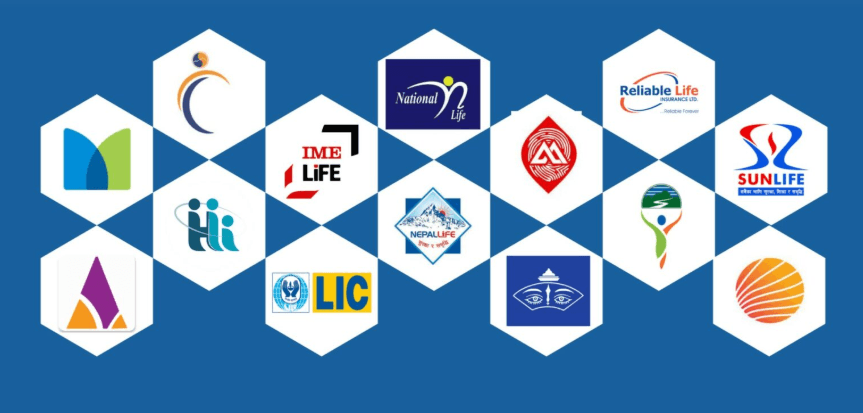By Dipesh Ghimire
Nepal Government Records Over Rs 27 Billion Revenue in First 15 Days of FY 2082/83, Spending Near Rs 16 Billion

The Government of Nepal has reported encouraging early signs in public finance management for fiscal year 2082/83. Within the first 15 days of the fiscal year, the government generated Rs. 27.46 billion in revenue while spending Rs. 15.87 billion.
Revenue Collection Up by 17% YoY
Out of the total income, Rs. 27.09 billion came from tax revenue, Rs. 23.6 crore from non-tax sources, and Rs. 13.5 crore from grants. Compared to the same period last year, revenue collection has increased by 17%, which was Rs. 23.49 billion then. Despite being just 1.79% of the Rs. 1.53 trillion annual revenue target, the early uptick shows fiscal momentum.
Expenditure Sees Major Surge
Government spending also surged significantly. Rs. 15.87 billion was spent in total — a 5.8x jump compared to Rs. 2.7 billion in the same period last year. Of this:
Rs. 2.63 billion was recurrent (operational),
Rs. 13.68 crore was capital expenditure, and
Rs. 13.10 billion went towards financial management (primarily treasury bill repayment).
This spending equals 0.84% of the total planned annual budget of Rs. 1.964 trillion.
Why Financial Management Spending is High
The majority of early expenditure came from financial management. The government repaid matured 91-day treasury bills, leading to high outflows in this category. Such repayments indicate prudent debt servicing practices amidst improving liquidity in the banking sector.
Budget Implementation Guidelines Introduced
To enhance fiscal discipline and execution, the Ministry of Finance has issued a 95-point Budget Implementation Directive. Key points include:
Program guidelines must be finalized by end of Shrawan.
Project heads will be selected through internal competition and won't be transferred during implementation unless underperforming.
A minimum 50% physical progress is mandatory by the third trimester for payment clearance.
Projects will be evaluated quarterly and paid only upon achieving defined physical and quality milestones.
Environmental approvals and procurement processes must be completed within stipulated legal timeframes.
Infrastructure projects must include integrated utilities (e.g., water, electricity) in tender packages.
Restrictions to Ensure Budget Discipline
No mid-year program changes or new program launches are allowed.
Unauthorized fiscal liabilities will not be recognized or compensated.
Budget reallocations (रकमान्तर) are capped at 10%.
Macroeconomic Goals Backed by Budget Discipline
The government targets 6% GDP growth and 5.5% inflation for this fiscal year. The budget aims to stimulate private investment, expand employment, and ensure timely project delivery.
Nepal’s government has made a strong start in both revenue collection and expenditure, especially by promptly addressing debt obligations and mobilizing spending early. However, actual capital expenditure — crucial for infrastructure — remains minimal. Successful implementation of the 95-point directive will be the true test in ensuring that budgetary allocations translate into real economic outputs and growth.
If spending momentum and transparency persist while improving execution capacity, the government may see improved fiscal credibility and economic performance in FY 2082/83.









